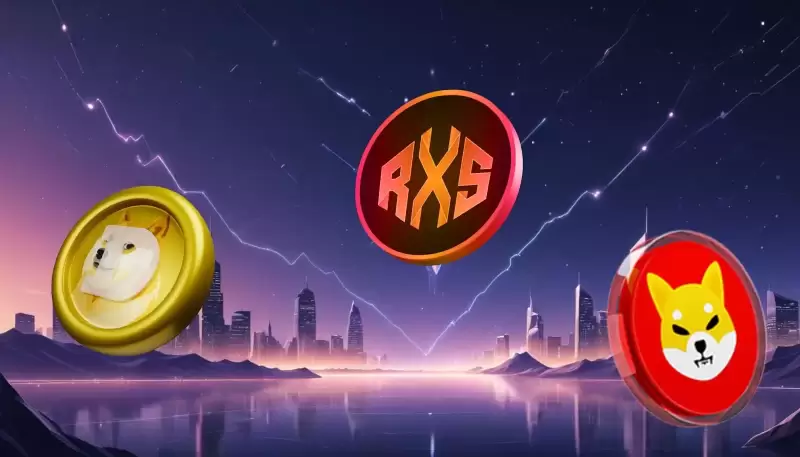The Solana network is exploring the possibility of expanding its Compute Unit (CU) capacity, a critical metric for managing transaction complexity and optimizing resource usage.

The Solana network is exploring the possibility of expanding its Compute Unit (CU) capacity, a critical metric that serves to manage the complexity of transactions and optimize the use of resources on the blockchain.
CUs can be compared to Ethereum’s gas fees, ensuring efficient transactions and preventing the blockchain from being overloaded with computational demands.
Currently, Solana’s network operates with a block limit of 48 million CUs. However, there has been a shift in discussions within the community to increase this limit and enhance the overall performance of the Solana blockchain. Some of the proposals on the table include boosting the limit to 50 million CUs, while others, like community members in the "Optimistic" camp, are pushing for a larger jump to 60 million CUs.
Developers behind Solana highlight that the current limits are set to allow the majority of participants to contribute to the transaction load without overwhelming the network, ensuring stability. They also mention that the current transaction execution times on the mainnet are not being significantly constrained, indicating that there is still room for capacity growth. The main goal of these proposals is to provide an increase in capacity without impacting the network negatively.
"We’re not yet seeing transaction execution times on mainnet become a limiting factor, and we have no reason to believe that they will be at these limits. Our goal is to grow capacity without impacting stability," Solana developers stated in a blog post.
Another suggestion that has been put forth is to keep the block limits as they are, which would prevent any additional strain but also leave some potential capacity unutilized. Some community members have advocated for a more aggressive increase to 96 million CUs, but this option is deemed too risky, as it could create unanticipated challenges, particularly concerning the infrastructure that supports the Solana protocol. Instead, the consensus seems to favor a step-by-step approach with a smaller increase in CU limits to ensure that network improvements are implemented sustainably.
Disclaimer:info@kdj.com
The information provided is not trading advice. kdj.com does not assume any responsibility for any investments made based on the information provided in this article. Cryptocurrencies are highly volatile and it is highly recommended that you invest with caution after thorough research!
If you believe that the content used on this website infringes your copyright, please contact us immediately (info@kdj.com) and we will delete it promptly.














































































